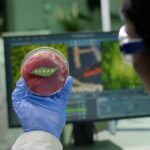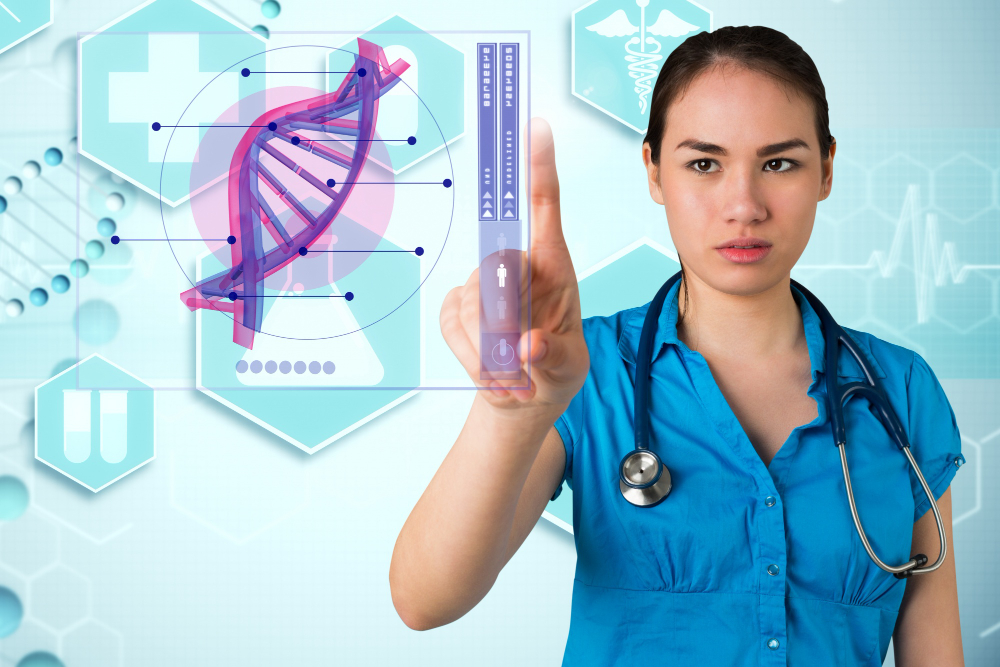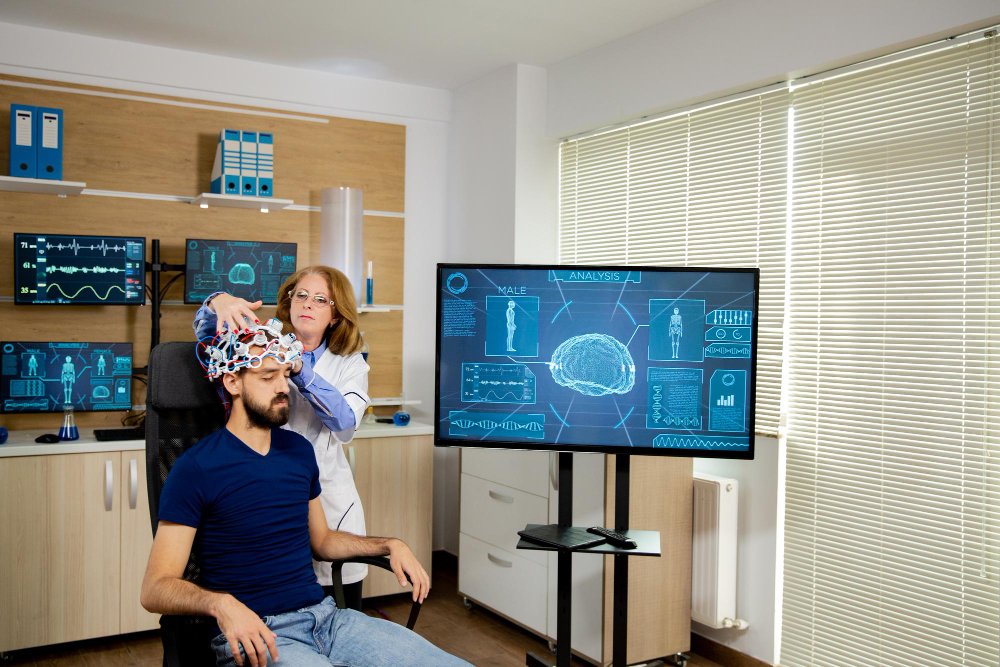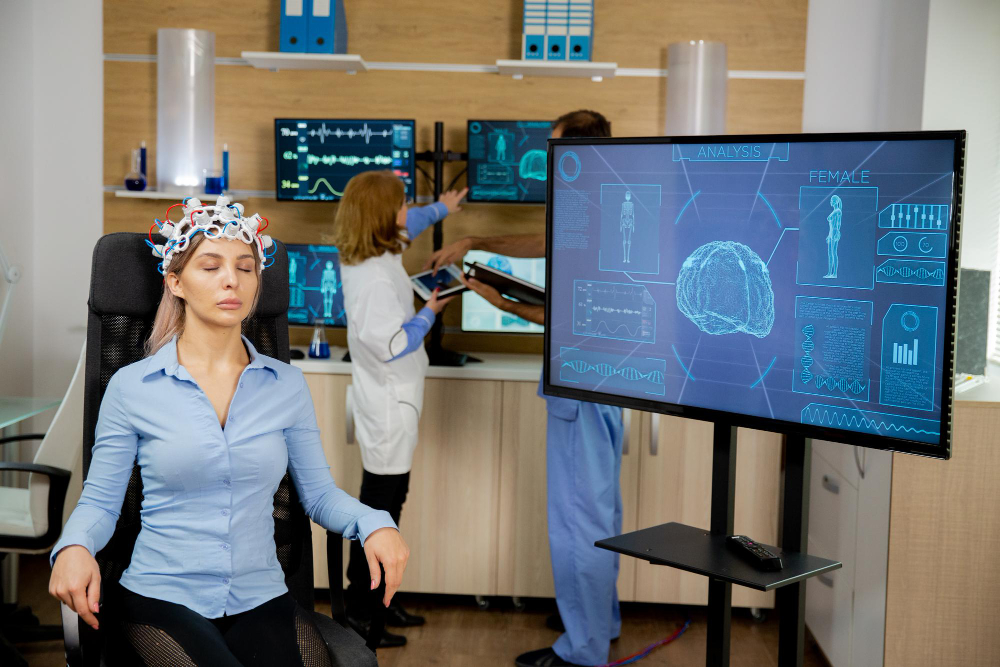The Rise of Wearable Health Tech — How Smart Devices Track Your Biology
The world of healthcare is experiencing a digital revolution — one that’s worn right on your wrist, woven into your clothes, or even implanted under your skin. From smartwatches that monitor your heart to wearable patches that track glucose, wearable health technology is transforming how humans understand, monitor, and optimize their biology in real time.
In 2025, wearable tech is no longer just about counting steps — it’s about saving lives, preventing diseases, and unlocking the secrets of human physiology. Let’s explore how these intelligent devices are reshaping the future of personal health and medicine.
1. The Evolution of Wearable Health Technology
Wearable technology has come a long way from simple fitness trackers. Today’s devices integrate AI, biosensors, nanotechnology, and wireless data analytics to continuously monitor biological processes once only measurable in hospitals.
Key Milestones
- 2009–2013: The rise of fitness bands like Fitbit — focused on steps and sleep.
- 2014–2018: Smartwatches with heart rate and oxygen sensors.
- 2019–2024: Advanced biosensing — ECG, blood oxygen, and stress tracking.
- 2025 and beyond: Fully integrated bio-wearables capable of detecting diseases before symptoms appear.
The shift marks a move from wellness tracking to medical-grade monitoring — giving users control over their biological data like never before.
2. How Smart Devices Monitor Your Biology
Modern wearables act as digital health laboratories, constantly analyzing signals from the body’s key systems.
Core Biological Metrics Tracked
- Cardiovascular Health: Heart rate, ECG, blood pressure, and blood oxygen (SpO₂).
- Metabolic Health: Blood glucose, hydration levels, and calorie burn.
- Respiratory Health: Breathing rate and sleep apnea detection.
- Neurological Activity: Stress, sleep quality, and brainwave monitoring (EEG).
- Temperature and Hormonal Patterns: Detecting ovulation, fevers, and circadian rhythm shifts.
By converting biological signals into digital data, wearables create a real-time health map — allowing both users and doctors to track body changes second by second.
3. The Role of AI in Health Wearables
Artificial intelligence is the brain behind modern wearable health tech. AI analyzes vast amounts of biological data to detect subtle changes in physiology long before symptoms appear.
AI-Driven Capabilities
- Predictive Analytics: Early warnings for heart attacks or diabetes.
- Behavioral Insights: Identifying stress triggers and sleep patterns.
- Personalized Recommendations: Nutrition, exercise, and recovery guidance tailored to your body.
- Continuous Learning: Algorithms evolve with each user’s unique biology.
AI transforms raw data into actionable insights, helping users make informed decisions that can extend lifespan and improve quality of life.
4. Smartwatches — Your Pocket-Sized Doctor
Smartwatches are the most popular and accessible wearable health devices. Brands like Apple, Samsung, and Garmin are turning them into powerful diagnostic tools.
Health Functions Now Available
- ECG (Electrocardiogram) — Detects arrhythmias like atrial fibrillation.
- Blood Oxygen and Sleep Tracking — Identifies apnea or respiratory distress.
- Fall Detection and Emergency SOS — Automatically alerts medical services.
- Menstrual and Fertility Tracking — Provides hormonal and cycle insights.
In 2025, some smartwatches are even FDA-approved to detect early signs of heart disease and diabetes, blurring the line between consumer tech and clinical medicine.
5. Continuous Glucose Monitors (CGMs) — A Game-Changer for Diabetes
One of the most transformative innovations in wearable health is the continuous glucose monitor.
How It Works
Tiny sensors, worn on the skin, measure glucose levels in interstitial fluid every few minutes. This data syncs with a smartphone app, providing real-time updates and alerts.
Benefits
- Eliminates the need for finger pricks.
- Prevents hypoglycemia by predicting sugar drops.
- Helps users manage diet and exercise more effectively.
Companies like Dexcom, Abbott (FreeStyle Libre), and Medtronic are making CGMs more affordable and accurate, empowering millions of people with diabetes to live healthier, more independent lives.
6. Wearables That Detect Illness Before Symptoms Appear
Thanks to advances in biosensing and AI, modern wearables can now detect early signs of illness — including viral infections — days before symptoms occur.
Examples
- Oura Ring detected COVID-19 through subtle changes in temperature and heart rate variability.
- Fitbit’s Health Metrics Dashboard predicts potential respiratory illness.
- Future models aim to detect inflammation, dehydration, or even cancer biomarkers.
This means wearables could soon serve as early warning systems for health crises — turning prevention into a data-driven science.
7. Smart Clothing and Skin Patches — The Next Frontier
Wearable tech is expanding beyond wrists and rings into the fabric of everyday life.
Smart Clothing
Embedded with flexible sensors, smart clothes can monitor:
- Posture and muscle strain
- Body temperature and hydration
- Heart rate during workouts
Athletes and physical therapists already use these garments to enhance performance and recovery.
Electronic Skin Patches
Disposable skin patches with biosensors can measure:
- Blood glucose or lactate levels
- Stress hormones (like cortisol)
- Medication absorption and dosage
These innovations are moving healthcare from the hospital to the home, making real-time health monitoring seamless and non-invasive.
8. The Integration of Genomics and Wearables
A new frontier is the combination of genetic data and wearable analytics. By merging DNA insights with live biological data, companies can deliver ultra-personalized health plans.
Future Possibilities
- Predicting genetic disease risks through real-time tracking.
- Customizing diets and supplements based on metabolism and DNA.
- Monitoring how lifestyle choices influence gene expression (epigenetics).
This integration could mark the dawn of precision health — where wearables don’t just track your biology but help optimize it at the genetic level.
9. Privacy, Ethics, and the Data Dilemma
With great data comes great responsibility. As wearables collect intimate biological information, privacy has become a major concern.
Risks
- Misuse of health data by corporations or insurers.
- Lack of transparency in how AI interprets personal health metrics.
- Cybersecurity vulnerabilities exposing sensitive biological profiles.
Solutions
Governments and tech companies are now implementing encrypted health databases, blockchain security, and user-controlled permissions to protect privacy while maintaining accessibility.
The challenge is to ensure that the future of wearable tech remains ethical, secure, and empowering — not invasive.
10. The Future: From Wearables to “Insideables”
The next phase of health tech evolution goes beneath the skin.
What’s Coming
- Implantable biosensors that continuously monitor blood chemistry.
- Nanotech pills that track digestion and deliver medication precisely when needed.
- Smart tattoos that change color to indicate dehydration, glucose spikes, or infection.
These “insideables” will turn the human body into a living data network, allowing doctors to monitor health remotely and intervene before crises occur.
The boundary between biology and technology is fading — and the human body itself is becoming the ultimate smart device.
Conclusion
Wearable health technology is not just a fitness trend — it’s a biological revolution. These devices empower people to understand their bodies in ways once reserved for scientists and doctors.
By combining AI, biosensors, and data analytics, wearables are turning prevention into precision, and medicine into real-time monitoring.
As innovation continues, we’re moving closer to a future where every heartbeat, breath, and cell tells a story — one that technology can read, understand, and use to help us live longer, healthier lives.
Because the next big breakthrough in healthcare won’t come from a hospital — it’ll come from what you wear.











